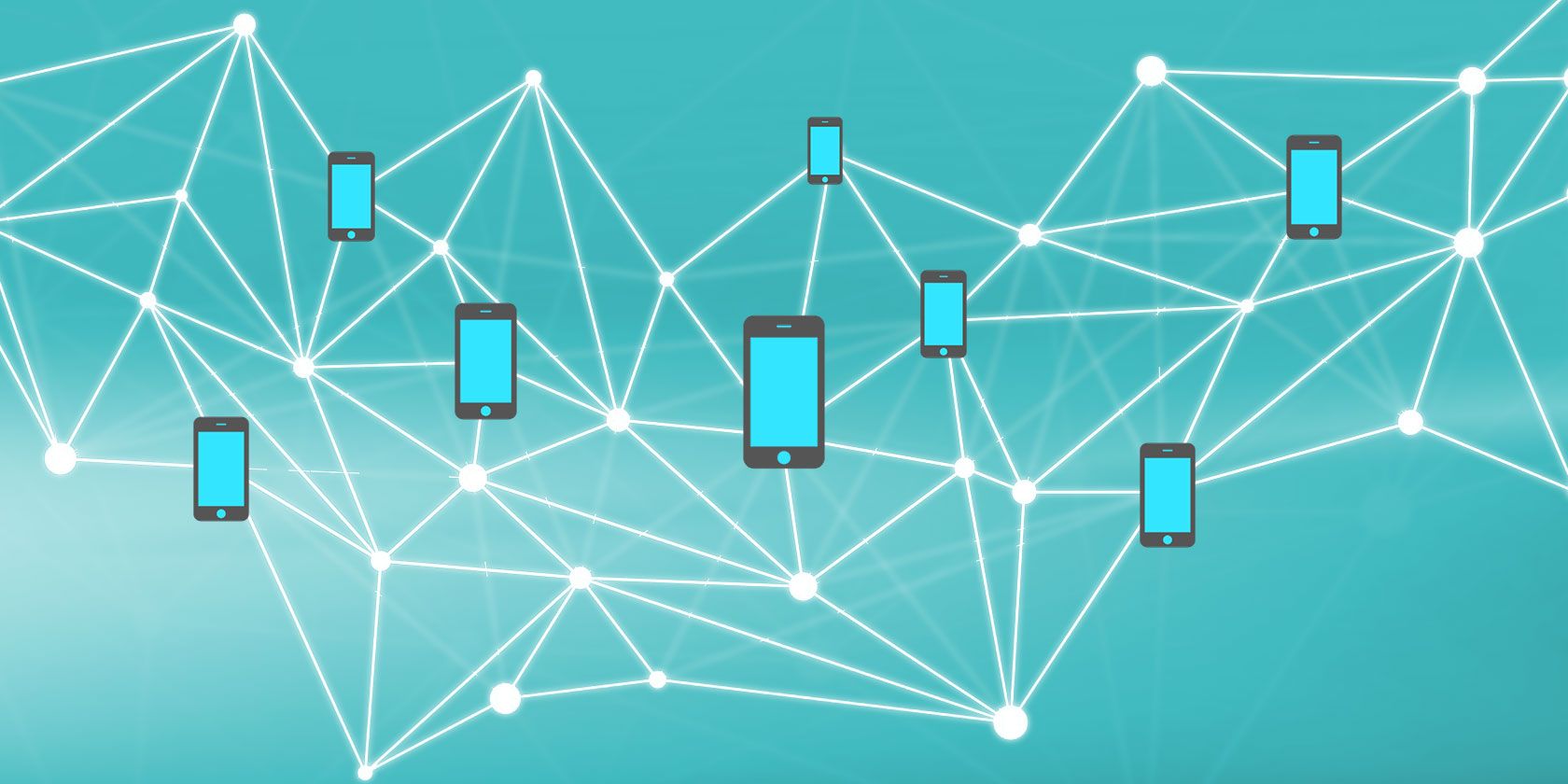
Decentralized apps (DApps) run on top of and integrate with blockchain technology.
Want an example of a DApp? Bitcoin itself is one. Bitcoin is a decentralized distributed blockchain solution that allows financial transactions. In that, you can probably garner an idea of what defines a DApp.
The Ethereum White Paper that defined the early Ethereum network split DApps into three main categories:
- Financial Applications. Provide users with methods to manage finances, both fiat, and crypto-based, including savings, wills, and “even some classes of full-scale employment contracts.”
- Semi-Financial Applications. Involve money, but finance is not the main focus; the given example is for “self-enforcing bounties for solutions to computational programs.”
- Non-Financial Applications. Do not involve money at all, such as an identity verification process, voting system, governance tool, or even decentralized file storage system.
What Makes It a Decentralized App?
According to The General Theory of Decentralized Applications White Paper, an application is only considered a DApp if it meets the following criteria:
- Open Source: The DApp must be completely open source, operate autonomously, and have no single controlling entity for its tokens. Adaptation and improvements are possible, but all changes need the consensus of the DApp stakeholders.
- Decentralized: Cryptographically store all data in a publicly accessible decentralized blockchain.
- Tokens: Offer a token/coin native to the blockchain that allows both access to the network and contributes value from miners and users.
- Algorithm: Use a standard cryptographic algorithm to enable mining through the node network.
Again, Bitcoin provides the easiest example for a decentralized application. While there is some discontent of the direction of Bitcoin’s development, it still ticks all those boxes. The whitepaper continues, explaining that there are three types of DApps:
- Type I: The DApp has its own blockchain.
- Type II: The DApp uses the blockchain of a Type I DApp. Type II DApps are protocols that issue tokens necessary for them to run.
- Type III: The DApp uses the protocol of a Type II DApp, but are also protocols that issue and require tokens.
Confused? Think about it another way.
A Type I DApp is like an operating system: Windows, macOS, Linux, and so on. Type II DApps are similar to “general purpose software programs” like a word processor or spreadsheet program. Type III DApps are similar to specialized software that uses one of the proceeding types of software, “like a mail-merge tool that uses a word processor.”
5 Notable Examples of Decentralized Apps
Now that you understand the definitions and characteristics of a DApp, let’s consider some examples. These examples will give you a better understanding of how DApps function as well as their use.
The following example also illustrates the three categories above.
1. Augur
Augur combines decentralized networking and financial prediction markets to create powerful forecasting. It’s built upon the Ethereum blockchain. In its current guise, Augur allows you to make predictions about real-world events not limited to financial markets. The platform turns your prediction into “shares” that other users can buy or sell.
Augur is a Type II DApp.
2. Golem
Golem was one of the first global marketplaces for your idle computing power. The platform styles itself as a “global, open source, decentralized supercomputer that anyone can access.” What does that mean? Well, it means that if you have any unused computing power, you can lend it to the network. In turn, that unused or idle computing power is available for purchase from the Golem network as part of a combined bundle.
Any user can share their computing power and earn Golem Network Tokens. The first Golem use case is for GCI rendering, enabling artists to process massive computationally intensive Blender and LuxRenderer scenes.
Golem is a Type II DApp.
3. Aragon
Aragon is an ambitious decentralized management platform, also built on the Ethereum blockchain. It wants to break down the traditional barriers that restrict the creation and maintenance of organizational structures. In other words, Aragon wants to make it easier to create private Decentralized Autonomous Organizations (DAOs), along with everything you need to succeed. This means arbitration, token management and transfers, role assignments, fundraising, and much more.
The Aragon Network Token, ANT, allows users to join in the operation and decision making processes for their network.
Aragon a Type II DApp.
4. Sia
Sia is a promising decentralized storage platform that leverages “underutilized hard drive capacity around the world,” creating a first-of-its-kind blockchain-based data storage marketplace. The platform turns those empty hard drives into cheap cloud storage that almost anyone can use. Prices are cheap, especially when compared to other major cloud storage providers.
There are still a few issues with the Sia platform, plus new features set to arrive. But Sia is a popular project that will end some of the dominance of major cloud hosting providers, and give some power back to individual users. SIA CEO David Vorick even has dreams of partnering with Netflix as “one of [his] personal goals for our three-year timeline.”
Sia a Type I DApp.
5. SAFE Network
The SAFE Network uses a decentralized approach to protecting consumer data and private communication. SAFE, which stands for Secure Access For Everyone, uses peer-to-peer technology to share that computing power between connected users. This creates a secure private network, rather than relying on centralized servers.
The SAFE Network wants to protect users from heavy-handed governments, censorship, data collection, criminals, and more. If you contribute your storage space and network capacity, you’ll earn MaidSafe, the SAFE Network token. In turn, you can trade this for Bitcoin (and then fiat currency if you wish).
The SAFE Network is a Type III DApp.
New DApps are being developed all the time, and we can’t cover them all, so if we’ve missed your favorite off the list we’re sorry. Let us know if you’re involved in any cool DApp projects!
Read the full article: What Are Decentralized Apps? DApps Explained With 5 Examples
from MakeUseOf https://ift.tt/2stU5dZ

No comments:
Post a Comment